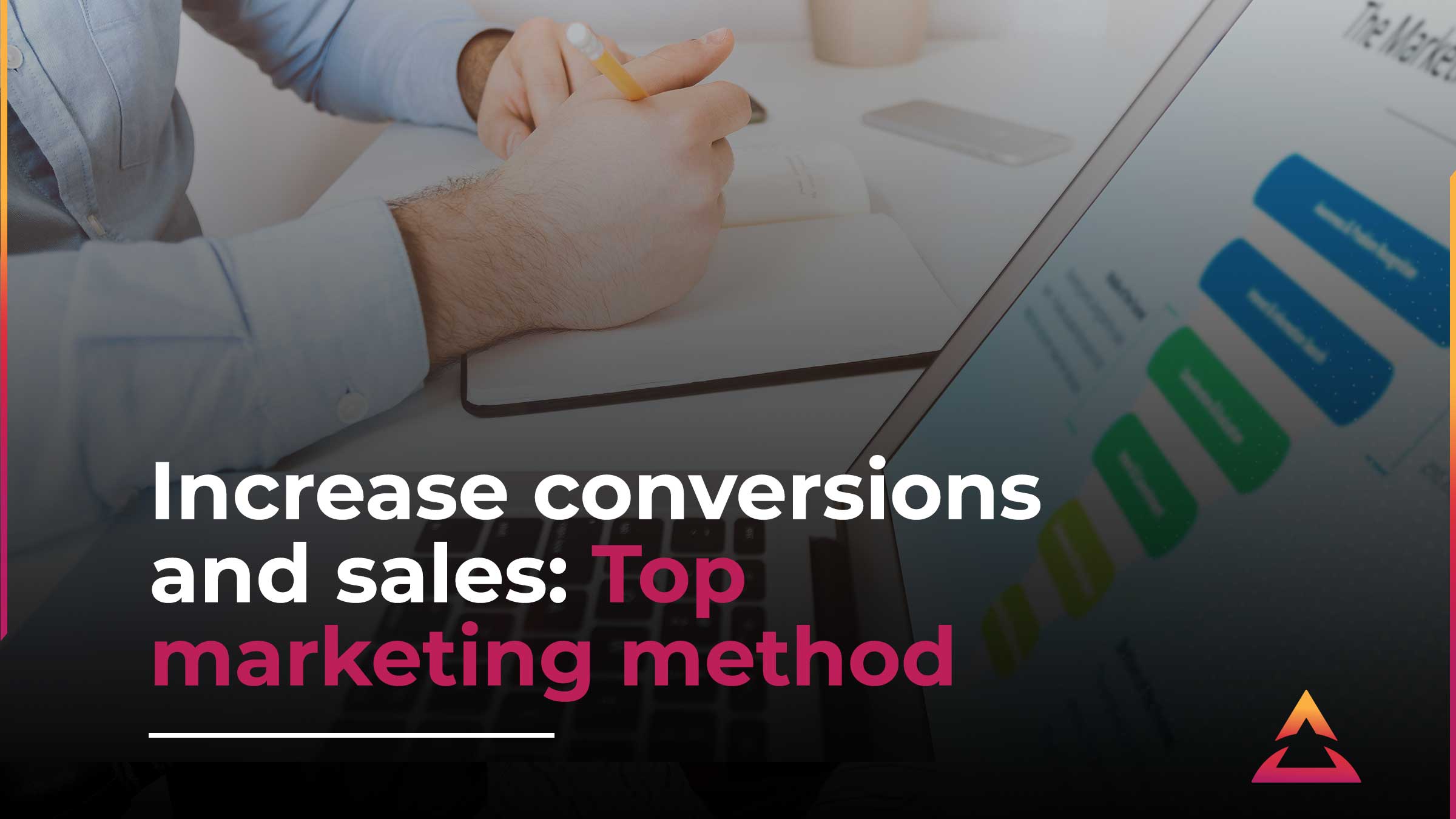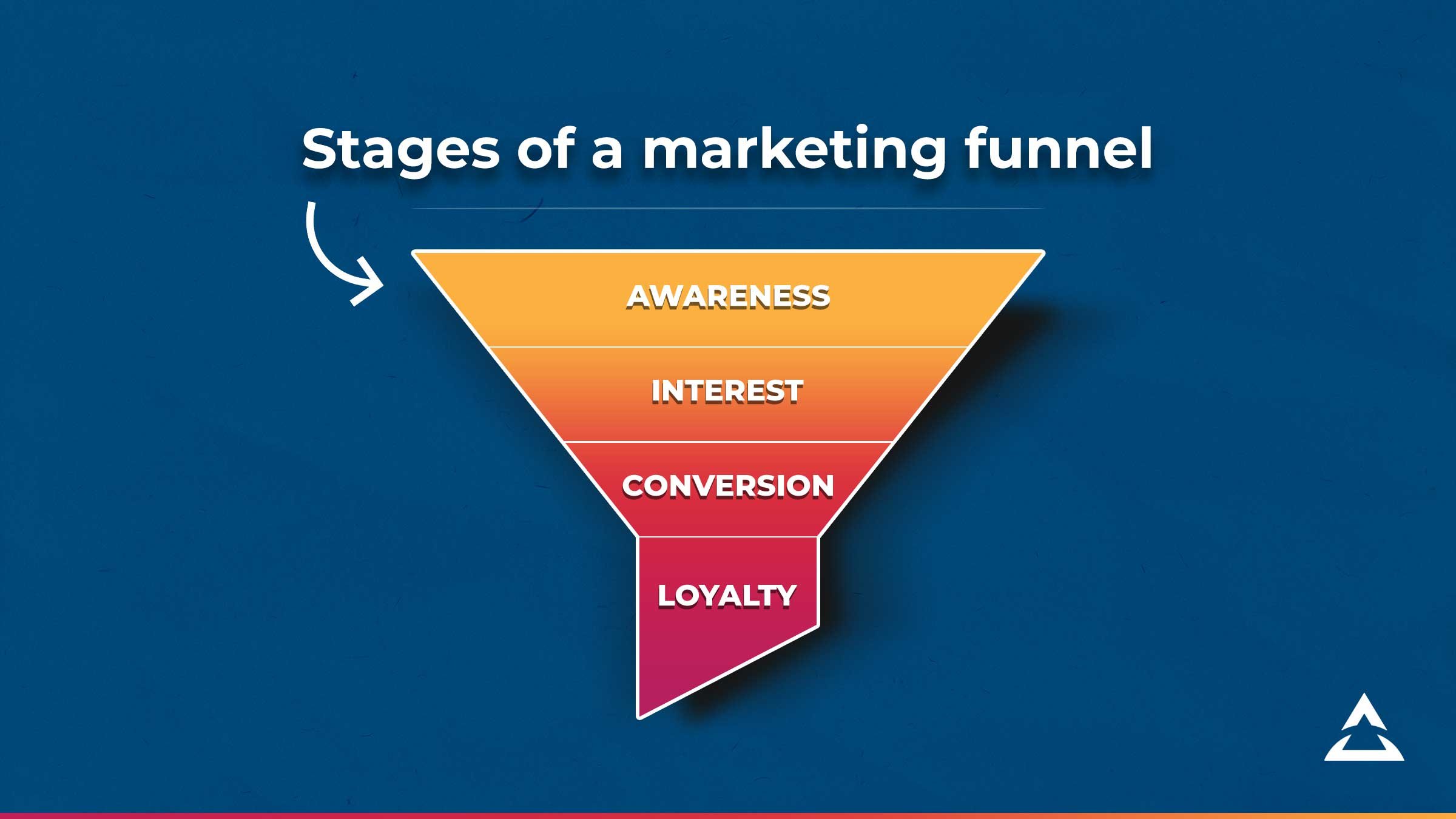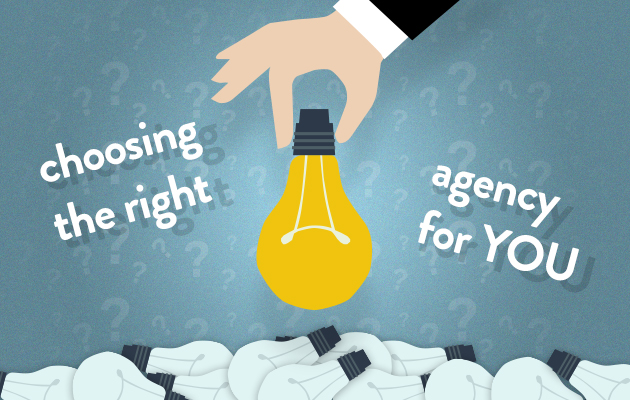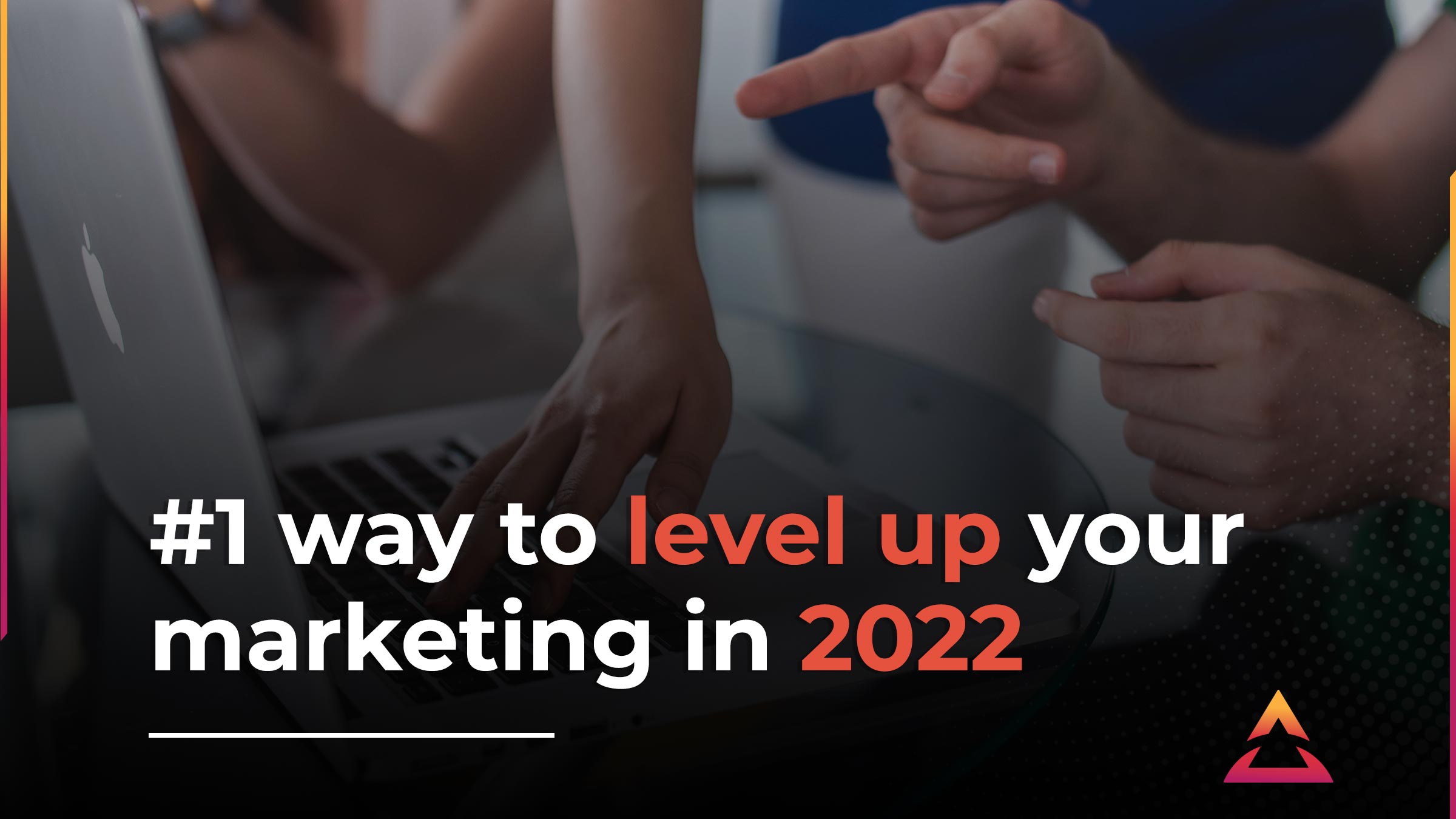What is the Marketing Funnel? Everything To Know

If you want to improve your marketing efforts in your business, you need be focusing on getting the right message, to the right person, at the right time.
What exactly does that mean?
It means that your communication with your ideal customer is not only targeted to how warm or cold they are as a lead but also sent at a time that they are ready to receive that message.
We wouldn't tell someone who has just stumbled onto The Entourage to immediately join one of our 12-month programs, Accelerate or Elevate. We would help educate them more on what they need help with in business, whether that's Marketing, Sales, or any other area in business that we have expertise in. This is providing them value, showing them that we can help them in a way that's non-intrusive or sales-y.
This is done through crafting a compelling customer journey (that you can learn more about from one of our Vision Partners on The Make It Happen Show) but first, you must understand the stages of any customer's journey in a business from just finding out about you all the way to becoming a loyal customer. This can be easily viewed through in the marketing funnel.
What is the marketing funnel?
A marketing funnel is not an actual funnel you hold in your hands, but a model to show the customer’s journey from introduction to an avid fan.
At the top of the funnel is where people are introduced to you, or find out about your product and service. The middle is when they should be getting nurtured by you, learning more about how you can help solve their challenges. By the time they have reached the narrow point in the funnel, they have had many touchpoints and are ready to buy.
Depending on your funnel, this journey can look a lot different. You can have ever-increasing price points with a reflected ever-increasing sense of value. By the time the journey has hit the narrow spout of the funnel, you may only have a small percentage of customers left, but those are the most qualified leads, the ones willing to spend money on what you're offering.

The marketing funnel is a theoretical model that can help you not only understand different stages of a customer's journey but also help you dictate things such as how much marketing budget to spend, how to convert better through targeted ads, what content to create on your social media, and who your most valuable clients are.
You can visualise the funnel easily enough, but making the model work for you, confidently, is another story that we’re going to tell now in a way that encompasses all of the advantages of looking at customers and marketing through the marketing funnel.
If you need to do more efficient marketing for your business, we can help you understand this better through our other marketing training as well.
What's the purpose of the marketing funnel?
The purpose of a marketing funnel is to help you strategise and set up your marketing strategy. You can visually see what your touchpoints are, what value you can offer at each touchpoint, and you can plot a path from each point to the funnel itself.
Do you have a free resource that captures a potential customer's contact details? Excellent! Then looking at it through the marketing funnel, you’ll know that step two could be a special offer thrown into the email newsletter they’ve just signed up for.
If they take that offer up, then you know step three could be converting them to your main product or service, and then step four will be nurturing them moving forward. With a good Customer Relationship Management (CRM) tool, you'll always know where on the funnel a lead or customer is so you don’t give them the wrong messaging at the wrong time.
The more you get into the marketing funnel and understand where a customer is on their journey, the easier it will be to convert them into loyal fans who want to buy from you and share your awesomeness with the rest of the world.
Let's help you by diving into the stages of the marketing funnel.
What are the stages of a marketing funnel?
There are a few different models of funnels out there, but we will stick to the diagram from above as our frame of reference.
There are 4 stages of a standard marketing funnel:
1. Awareness
As the word suggests you want to make people aware of who you are. If people don’t know who you are, how will they spend money with you?
During this stage, it's all about creating content that gives people value. Whether it's a strong social media content strategy that gains you engaged followers, or a strong SEO strategy to bring more people to your website, or a paid campaign to a free ebook, you need to have something people can engage with that is of value to your audience.
A free resource in exchange for their email address is a really good idea for example because having their email address on your list means you can easily step into stage 2.
Learn more about how you can do this in our marketing blogs or marketing podcast episodes on The Make It Happen Show.
2. Interest
Now that you have an audience that knows about you and a general idea about the area of you're in, it's time to inform them and give them a deeper understanding of how your product or service works and can solve a challenge they are facing.
Professionals working for this Marketing Agency understand how sparking interest at this stage is crucial for moving potential customers further down the sales funnel. By crafting compelling content and showcasing real-life examples, they can help transform curiosity into trust and engagement.
A great way to engage with your clients, who are now on your email list, is through an e-newsletter. Offering exclusive, newsletter-only offers and benefits that help solve one part of their challenge and give them a taste of how you can help is a great way to make your clients feel special and to get them further down your funnel.
You could offer them discounts on a webinar or workshop or product, early bird ticket prices, or even free trial period.
3. Conversion
Once they have said yes to the unbelievably great offers you’ve provided in the 3rd step, then this is your opportunity to convert them into a customer.
Whether it ends up with them purchasing bigger-ticket items from your store, or a salesperson in your team converting them to your service, this step is the money-maker, taking them all the way from browser to buyer.
4. Loyalty
This is an important after-sales component. Just because someone has spent money with you does not mean the relationship between you and the customer ends. You can still maintain contact with them through newsletters and events and other promotional activities. You could help them with after-sales service and support.
By nurturing them and actually creating offers specifically for your current customers, they move from customer to fan, and can often send you word-of-mouth referrals as a loyal customer of yours.
How often do you change hairdressers or mechanics? It is the same here. Once a customer finds someone they love, they will stay AND they will recommend it to their friends.
Key takeaways
The marketing funnel, in its basic form, is a very good guide on how to move a customer along their journey to know you, like you, and love you. You can play with the model, add steps or insert some more touchpoints if you’d like, whatever you need to make those people convert and then commit.
What to see how else you can improve your marketing and the other pillars of business to help you scale up your business and your profits? Have a look at one of our more in-depth marketing training and coaching opportunities now to learn how to take your marketing engine to the next level in your business.
Related Posts
Join the movement.
Your Entourage journey starts here. Join Australia's largest community of over 500,000 business owners and entrepreneurs, and receive instant access to exclusive content and updates delivered straight to your inbox.




